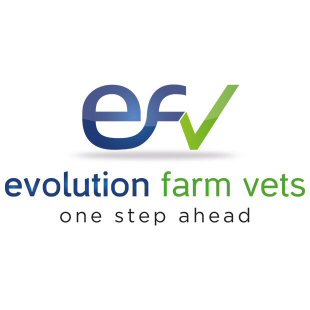In all cases of diarrhoea the greatest danger is posed by dehydration. Supportive care and fluid therapy if required are of utmost importance, particularly while on-going diagnostics are completed. The causes of diarrhoea in small ruminants are most easily categorised by the age of the affected animal. In neonatal animals:
- Nutrition - ensure the animals are receiving the correct amount (not too much) of a suitable milk or milk replacement product.
- E. coli can infect animals in the first few days.
- Salmonella can infect animals as young as 2 days.
- Lamb dysentery is an infection with Clostridium perfringens type B. The disease affects young in the first 2-3 weeks of life.
- Rotavirus diarrhoea peaks at about 1 week of age. Type B is common to lambs and kids, while Type A is only found in kids.
- Cryptosporidium parvum can cause diarrhoea between 1 and 3 weeks of age. After this age Crypto can be found in faeces without causing clinical signs.
In older lambs/kids:
- Coccidiosis - seen as young as 4 weeks.
- Nematodirus - unlikely before 7 weeks, and then only with a high environmental load.
- Rumen acidosis as a result of eating too much or the wrong thing.
In adults:
- Salmonella
- Clostridum perfringens type D causes acute or chronic enteritis in goats (same strain causes pulpy kidney and peracute death in sheep)
- Campylobacter jejuni
- Johne's disease - goats are primarily infected with strain II (bovine) Mycobacterium paratuberculosis. Sheep primarily carry strains I and III.
Treatment of cases of diarrhoea should be intensive nursing and fluid therapy where required. Affected animals should be isolated, and good hygiene practiced since Salmonella is zoonotic. There are vaccines on the market for Clostridium perfringens (types B and D) (both are covered by Lambivac from ISPAH), E. coli and Salmonella.
